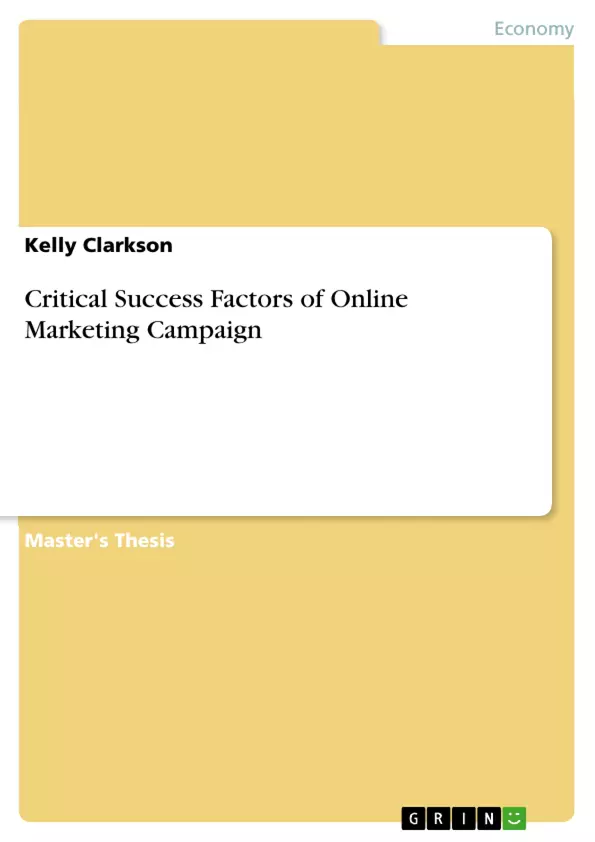Marketing has always been one of the most crucial and critical functions in organizations for last several decades. Since several years, organizations have been depending on various marketing methods to promote products, services and brands. As time passes, the types of marketing strategies that are considered for have changed. Techniques that were used in 1950s shall not be helpful for organizations that operate in today’s environment. In the same way, techniques that are currently used in today’s environment shall not be useful after 50 to 60 years (Kotler and Keller, 2012). Unless marketing activities are planned based on present market conditions, it is not possible for organizations to reach wide-range of customers that spread across the world. As there are no boundaries in the target markets of most of the organizations, organizations have to use the combination of both traditional and online marketing methods. While traditional marketing methods such as print, radio or television marketing primarily restricted to tap domestic customers, it is online marketing strategy that helps organizations to reach customers, who spread across the world, with minimum marketing budget.
Online marketing is the process of sending marketing communications and advertising messages to customers through various methods that used over internet. Internet marketing forms a wide-range of techniques such as search engine marketing, social media marketing, email marketing, affiliate marketing, blog marketing, and buzz marketing etc. As per the recent report revealed by Internet Advertising Bureau in 2009, the revenues of online ad sellers have increased to $21 Billion. The global online advertising spending in 2001 was around $82 Billion and it is expected to grow 12-14% every year to reach $132 Billion by 2015 (Miller and Washington, 2012).Organizations use numerous of techniques that fall under online marketing techniques to market products and to reach potential customers. Moreover, in today’s environment, organizations are focusing on techniques that help in reducing the cost in every aspect.
Inhaltsverzeichnis (Table of Contents)
- Chapter 1 - Introduction
- Research Background
- Research Problem
- Aims of the Research Study
- Objectives of the Project
- Research Questions
- Hypothesis
- Dissertation Structure
- Chapter 2 - Literature Review
- Introduction to Online Marketing
- Most Used Online Marketing Techniques in Today's Environment
- Centralized and decentralized online marketing activities
- Interdependence between various online marketing tools
- Effective implementation of online marketing campaign
- Factors that affect Online Marketing Campaigns
- Critical success factors of online advertisement campaigns
- Chapter 3 - Research Methodology
- Research Approach
- Research Methods
- Data Collection Methods
- Sampling Techniques
- Research Techniques
- Questionnaire Design
- Advantages and Disadvantages of Questionnaire
- Personal Interviews Design
- Ethical Issues
- Limitations of the Research Study
- Closing Remarks
- Chapter 4 - Data Analysis
- General Response
- Hypothesis Testing
- Analysis of Data Collected Through Personal Interviews
- Chapter 5 - Discussion
- Validity and Reliability
- Quote paper
- Kelly Clarkson (Author), 2011, Critical Success Factors of Online Marketing Campaign, Munich, GRIN Verlag, https://www.grin.com/document/213086



